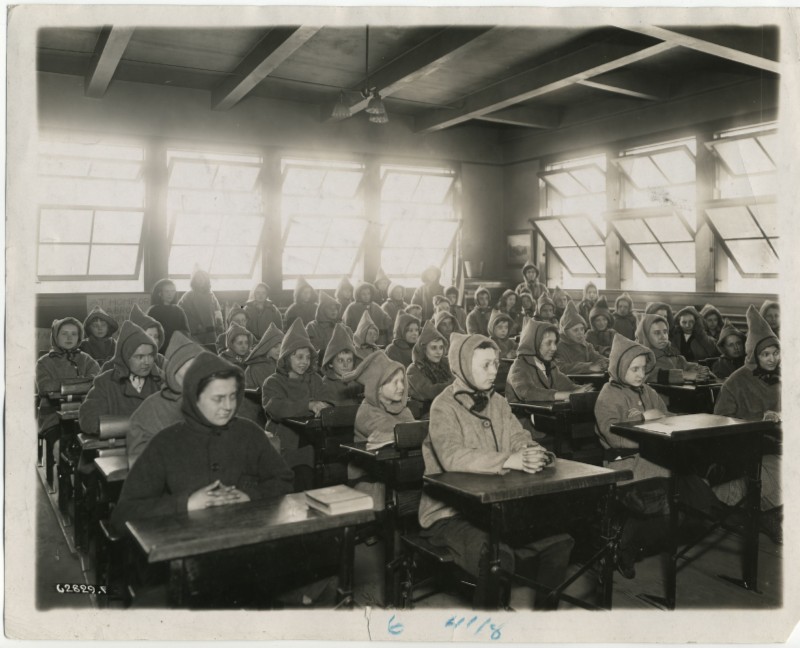We all can find census records, vital records, and pieces of
historical data recorded in big books and newspapers, but what’s the real story. These pieces of data proffer important dates,
places and family names. From them we can get the who, what and when. But the why
is a much deeper question requiring the experienced genealogists to seek
answers. At a3Genealogy we look in
three areas for our clients that is often missed. Have you even heard of 1) social geography 2)
medical geography 3) population geography?
Let me give you an overview of what should be included in
your family history. If your hired genealogists is just giving you reports
based on the who, what and when, your report is not complete. Family historians
(hired or Aunt Mabel) should offer you a story. A story that includes the why. At least, provide us with the
setting, the environment, the social influences, medical impacts, community involvement
and events.
- Social Geography: concentrates on divisions within society – class, ethnicity, region, age, geography of education and crime, conflicts, even local political influences, etc.
- Medical Geography: focuses on patterns of community disease and deaths, epidemics, how variations in morbidity, and mortality rates reflect local environments.
- Population Geography: concentrates on the local and regional characteristics of fertility, mortality, and migration. In genealogy we begin with a thorough census analysis. Highlighting your ancestors’ names does not suffice. A review of the neighborhood, community, regional and state populations can provide hints to migratory patterns, community divisions or community offerings.
During a Body Mapping session, the family
historian will present the interviewee with an outline person traced on a large
piece of paper. The historian should ask open-ended questions to facilitate
visual storytelling, i.e. “What is the effect of being … ?” Instead of the
interviewee giving a verbal response, the must draw out an answer on the Body
Map. The result is a Body Map to display family, community and religion effects
that may not be otherwise uncovered through traditional research means. Remember
storytelling "The purpose of a storyteller is not to
tell you how to think but to give you questions to think upon. (Brandon
Sanderson)

Kathleen Brandt
a3Genealogy.com
Accurate, accessible answers










